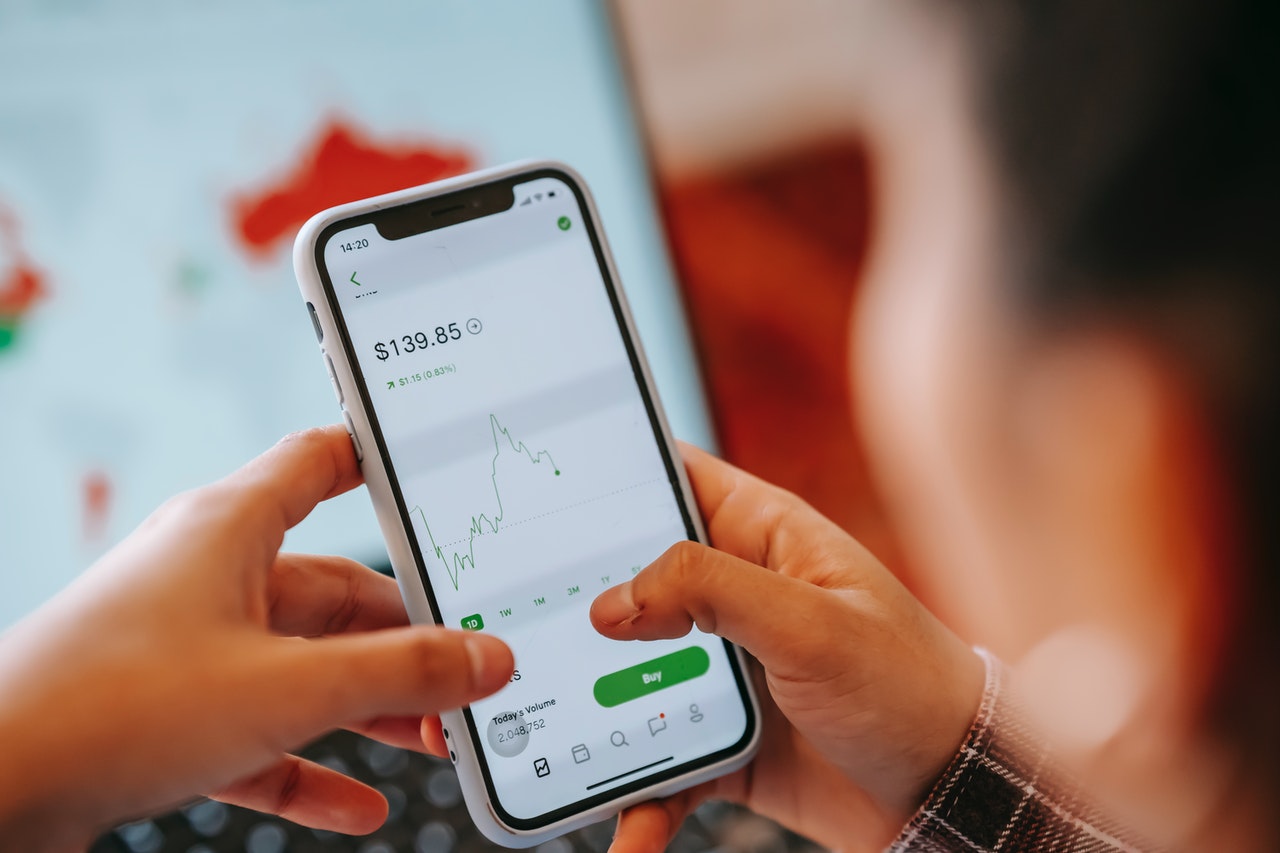When having an awesome idea for an app, your job is to do everything in your power to implement that idea with maximum efficiency.


When having an awesome idea for an app, your job is to do everything in your power to implement that idea with maximum efficiency. Making it all happen you research the market, prototype your service, consider business issues, get investments, build an MVP version, etc.
Still, when all of the steps are done, how can you understand that your brainchild is successful? That’s the right question to ask, and we have the answer for you.
Firstly, let’s take a peek at how the mobile app scheme works:
Such stages can be characterized by specific metrics to see how successful the program is. Such metrics serve as guiding stars to design your mobile app. We’d like to present you with those program performance metrics.
# Customer Involvement
Mentioned aspect is characterized by two key points:
The New Customers figure reflects the data which is accurate for a specific day when checking the metrics. In its turn, the Total Customers figure presents the quantity of users having tried the app.
# Customer retention
When customers enjoy a service the following day after opening it for the first time, that’s a great sign, as it shows your service made a good first impression and users decided to stay with it.
Here exist the below-stated options:
One clarification regarding Rolling Retaining: here we’re talking about people who have applied for the service at least one time over the past 7 days.
# Customer activity ratio
It’s time to specify online metrics to evaluate the activity level of customers who enjoy your service on a regular basis - we mean people who you happened to keep loyal to the service.
FYI: the approach to calculating LWAU and LMAU indicators is identical.
A loyal customer is considered to be a user applying the service one day after opening its first-ever and did it at least one time.
# Monetization ratio
When figuring out the success criteria for iOS and Android services, we can’t ignore the money matter. Those specified below are metrics that could reflect data per day and any other time periods of your choice:
One clarification on calculating ARPU metrics - to receive accurate data you should include paying and non-paying users.
Regarding the Revenue figure, it turns out to be the most exciting, since it shows how much you earn. Sadly, App Store & Google Play impose a 30% service fee approximately. Thus, service owners shall be satisfied with 70% income only. You’ll see that figure in your application analytical metrics.
That’s pretty much it concerning service performance metrics. To sum up we’d like to specify several hints and tips for your app prosperity.
Constant improvements
It’s critical to make clear that building an app is only the first step in a long way down the road. Your rivals are still there, and they’re striving to get even better. Customers always want to see something new and exciting. Keep it in mind that even an outstanding app idea might become pointless, when not being taken care of properly.
What should we do?
Tools specified in the given article are for you to see your service performance and to adjust your strategy if required. We do hope your app will only get better!






